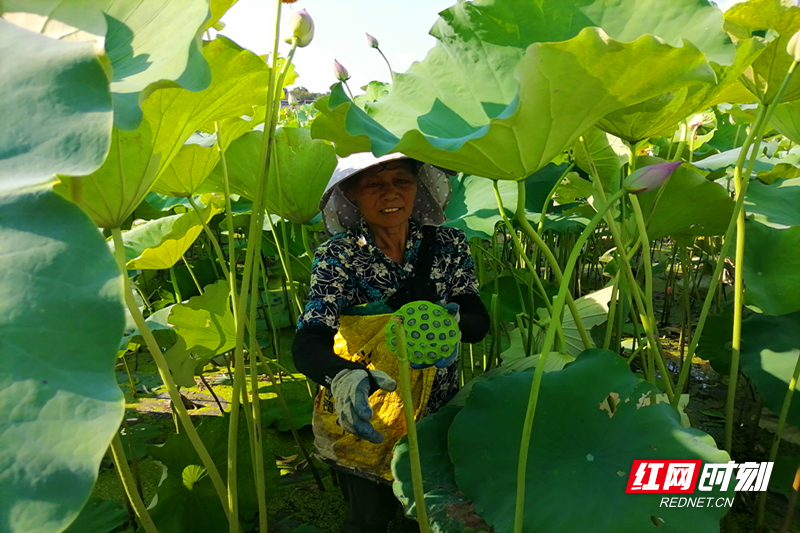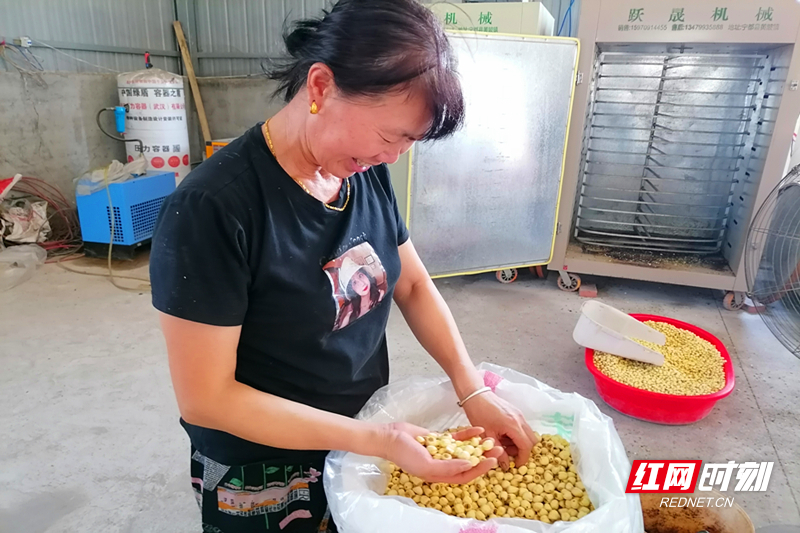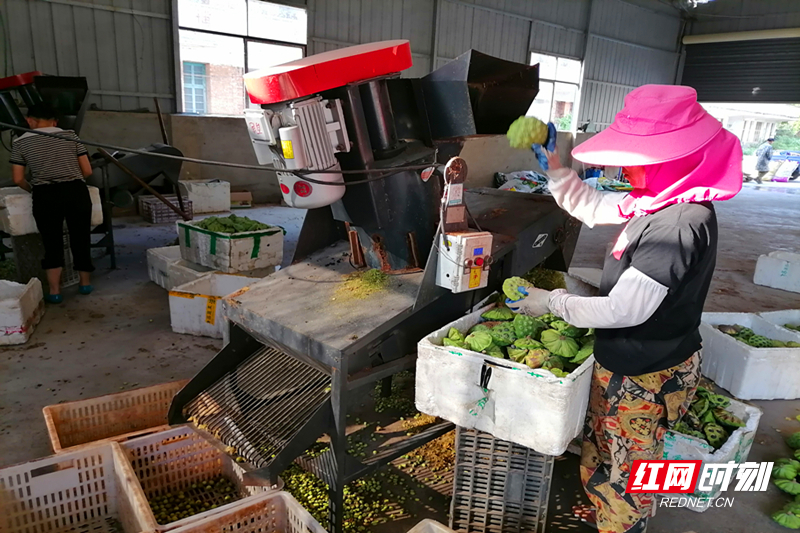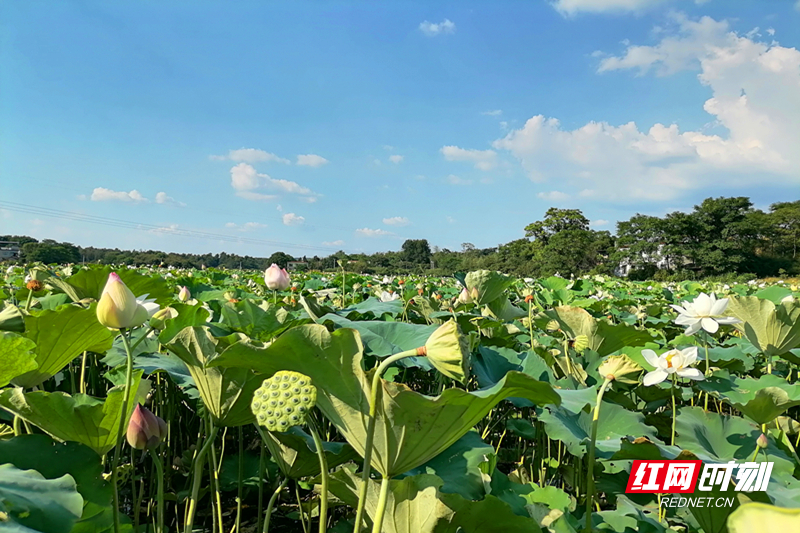Xianglian lotus boosts villagers’ income
2024-07-27
More than ten old women were busy picking lotus pods at the Xianglian lotus base in Xianghua Village, Tangdong Subdistrict, Zixing City on July 24. “It’s now lotus picking season. Our wages are paid every five days,” said a 60-year-old villager from Xianghua Village.

Over 300 mu (20 hectares) of lotus ponds in Xianghua Village have achieved a bountiful harvest. “Because Xianghua Village has good water, fertile land, and good water conservancy facilities in the fields, it is particularly suitable for the growth of lotus seeds. In addition, with good environment and nice villagers, I have been planting Xianglian lotus in Zixing for six years,” said Liao Caigui, a major lotus grower at the base, who comes from Fuzhou City of Jiangxi Province.

The lotus seed variety planted by Liao Caigui is Space 36, which has the advantages of short planting time, extensive management, and high yield. It is usually planted in late March and harvested in July, with the harvest period lasting until early October.
The lotus seeds of this variety are large in size, white in color, and sweet in taste. The yield can reach 100 kilograms per mu (about 0.067 hectares), with the output value of about 7,000 yuan per mu (about 0.067 hectares). Liao Caigui also provides job opportunities for local villagers to help them increase income.

“In addition to cultivating Xianglian lotus, the village has also promoted green industries such as taro, grapes, rice, and Bingtang oranges to increase villagers’ income,” said Chen Yonggang, Party deputy secretary of the village.
In recent years, Tangdong Subdistrict has transferred land, orchards, forests and other resources to build moderately sized industrial bases, and scientifically arranged the five characteristic industries, including fish, pigs, lotus, fruits, and vegetables, to promote industrial revitalization.

At present, Tangdong Subdistrict has developed 1,800 mu (120 hectares) of double cropping rice, 1,200 mu (80 hectares) of soybeans and corns, 1,800 mu (120 hectares) of Xianglian lotus, 600 mu (40 hectares) of taro, and more than 2,000 mu (about 133.33 hectares) of other fruit types and vegetables.




